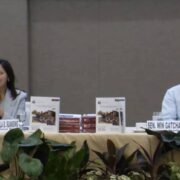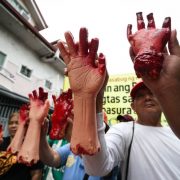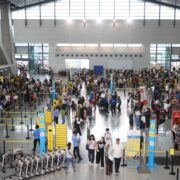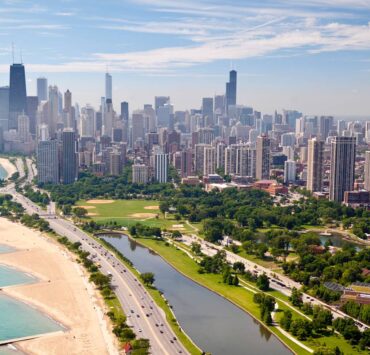Resilience and ties that weather the storm
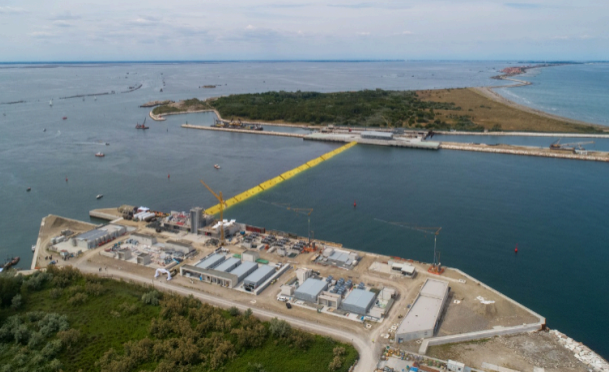
“Why do you keep going back to live in your village where it floods during every typhoon and thunderstorm?”
This question is often posed to those badly affected by typhoons, but is it really that easy to answer? Unpacking this requires understanding the layers of considerations that affect one’s decision to stay in a flood-risk neighborhood. A little sensitivity is needed, especially for those in the vulnerable sector and those who have set up roots in these communities.
Emotional, social ties
Residents often have deep emotional and social ties to their communities, making it difficult to leave despite the risks.
Vulnerable populations, such as the elderly and low-income families, often lack the resources to relocate. Relocating can be financially burdensome, with costs for moving, finding new housing, and potential loss of livelihood.
There are, however, strategies that communities, local government leaders and urban designers can look into for these residents not to remain perennial victims of floods. Formal and non-formal planning and design methods can significantly mitigate the risks. By incorporating resilient urban design and community-based solutions, these areas can adapt and thrive despite flood risks.
Some residents have invested heavily in their homes and businesses, making relocation less attractive. Non-governmental organizations like the Rockefeller Foundation and the International Federation of Red Cross and Red Crescent Societies (IFRC) have conducted considerable projects that significantly impact flood resiliency.
Concepts such as “sponge cities,” which absorb and reuse rainwater through green spaces and permeable surfaces, have proven effective in cities around the world.
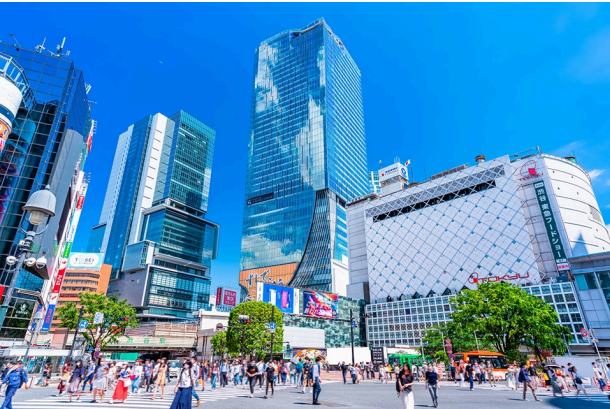
Coastal living
People have an innate preference to live along coastal areas due to the multiple benefits these locations offer. Accessibility to water transportation, established historic and commercial hubs, and the scenic views of the sea, including breathtaking sunrises and sunsets, make coastal living desirable.
These factors contribute to the challenge of convincing residents to relocate from flood-prone areas.
Valuable lessons
In the realm of innovation, cities like Tokyo and Venice offer valuable lessons.
Tokyo has implemented the Metropolitan Area Outer Underground Discharge Channel, a massive underground floodwater diversion system. Additionally, Tokyo uses advanced real-time water monitoring systems to manage flood risks.
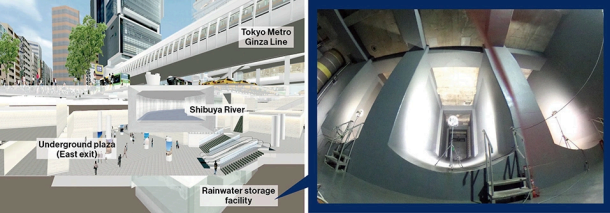
Venice has introduced the MOSE project, a series of movable barriers designed to shield the city from high tides and prevent flooding. Venice also focuses on sustainable urban drainage systems to manage excess water. These innovative strategies are essential for adapting to and mitigating the effects of flooding.
In the local context, Quezon City has demonstrated effective planning and flood management systems. It has modernized pumping stations, improved drainage systems, and established early warning systems. It has conducted community-based flood risk management training to enhance preparedness.
Moreover, Quezon City has established iRISE UP (Intelligent, Resilient, and Integrated Systems for the Urban Population), a multi-hazard early warning system, real-time weather updates, and localized information to empower communities and improve disaster preparedness.
Cebu has also implemented flood forecasting and early warning systems to alert residents. The city has focused on improving solid waste management to prevent clogging of drainage systems. These initiatives contribute significantly to community resilience and effective flood management.
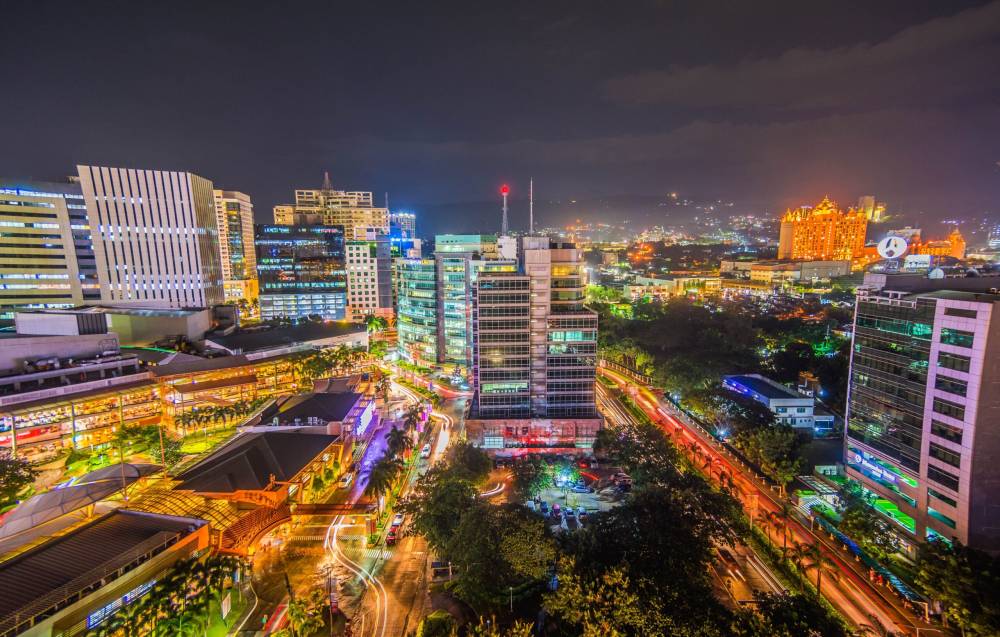
Holistic approach
Rebuilding and restoration efforts are crucial after floods.
Post-flood rebuilding includes repairing and upgrading infrastructure such as roads, bridges, and drainage systems. Reconstruction projects often incorporate flood-resistant designs- use of reinforced concrete structures over timber, relocating important spaces to upper floors, lessening non-permeable surfaces, and much more to mitigate future risks.
Restoration of natural systems, such as wetlands and mangroves, helps improve stormwater management and aquifer recharge.
A holistic approach to watershed management ensures long-term sustainability and resilience. Combining structural rebuilding with natural system restoration provides a comprehensive strategy for flood management.
Urban design adaptation and mitigation for flooding in the Philippines require a multi-faceted approach. Sensitivity to the needs of residents, diligent planning, innovative solutions, enabling community resilience, and comprehensive rebuilding and restoration efforts are all vital components.
By integrating these elements, communities can better prepare for, respond to, and recover from flooding events.
References: https://www.spt.metro.tokyo.lg.jp; https://coe-psp.dap.edu.ph; https://cebudailynews.inquirer.net; https://www.mosevenezia.eu
Richelle Rhea R. Baria is a dedicated mother of three and an architect. She is an Assistant Professor and is currently pursuing her PhD in Designed and Built Environment (DBE) at the University of the Philippines Diliman, where she also serves the Urban Design Studio Laboratory Coordinator. Her research and design interests encompass architectural and urban design, architectural and urban lighting, the creation of women’s spaces, and the development of resilient coastal cities.





